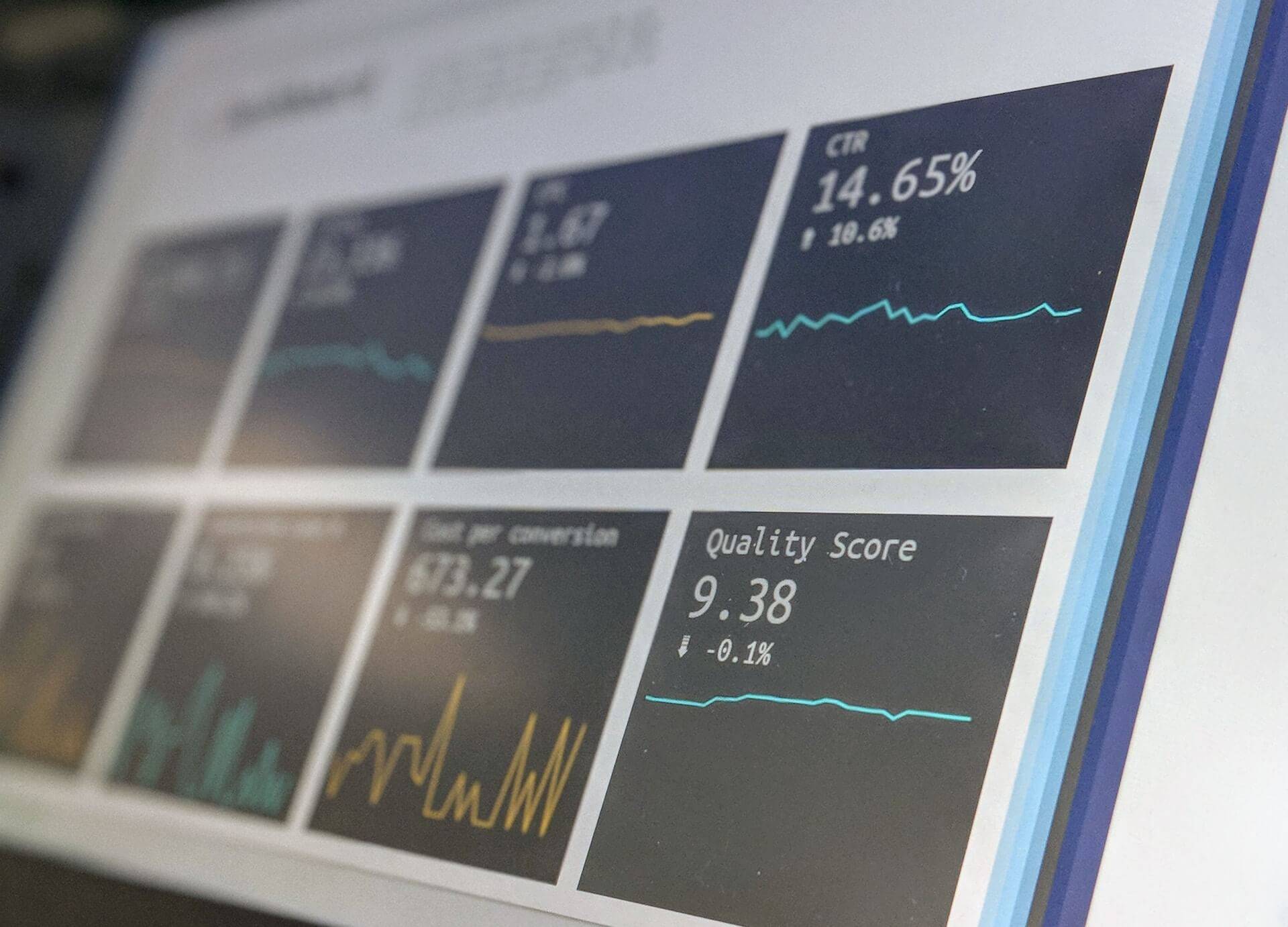Optimizing Your On-Page SEO: Effective Strategies to Boost Website Visibility

Mastering in on-page SEO techniques is crucial for improving your website’s visibility and ranking on search engine result pages (SERPs). On-page SEO involves optimizing various elements within your web pages to enhance their relevance and authority in the eyes of search engines like Google. In this article, we’ll delve into specific strategies for optimizing meta tags, headings, URLs, and internal linking to elevate your on-page SEO game.
Meta tags are snippets of HTML code that provide information about your webpage to search engines and website visitors. Two key meta tags to optimize for SEO are:
- Title Tag: The title tag appears as the clickable headline in SERPs. Optimize it by including relevant keywords near the beginning and keeping it under 60 characters to ensure it displays properly.
Example: <title>Best Vegan Recipes: Delicious Plant-Based Dishes | Your Website Name</title>
- Meta Description: This is a brief summary of your webpage’s content displayed beneath the title tag in SERPs. Craft a compelling meta description that entices clicks and includes targeted keywords naturally.
Example: <meta name="description" content="Discover a variety of mouthwatering vegan recipes for a healthy lifestyle. From breakfast to dessert, explore our collection now!">
2. Structuring Headings for Clarity and SEO
Headings (H1, H2, H3, etc.) not only enhance readability for users but also signal important content to search engines. Follow these tips:
- Use H1 for Page Titles: The H1 tag should contain your primary keyword and accurately describe the page content.
Example: <h1>Best Vegan Recipes</h1>
- Organize Content with H2 and H3 Tags: Use H2 tags for section titles and H3 tags for subheadings. Incorporate relevant keywords naturally.
Example:
<h2>Breakfast Recipes</h2>
<p>Explore our delicious vegan breakfast options…</p>
<h3>Smoothie Bowls</h3>
<p>Learn how to make nutritious smoothie bowls…</p>
3. Crafting SEO-Friendly URLs
URLs play a role in both SEO and user experience. Follow these guidelines when optimizing URLs:
- Include Keywords: Incorporate relevant keywords in the URL structure, keeping it concise and descriptive.
Example: https://www.yourwebsite.com/vegan-recipes/breakfast-smoothie-bowls
- Use Hyphens to Separate Words: Hyphens are preferred over underscores or spaces in URLs.
4. Leveraging Internal Linking for SEO Benefit
Internal linking refers to linking one page of your website to another within the same domain. It helps search engines understand the structure of your site and boosts the authority of linked pages. Follow these practices:
- Link Contextually: Link relevant anchor text to related pages within your website.
Example: <a href="/vegan-recipes/breakfast-smoothie-bowls">Learn how to make delicious smoothie bowls</a>
- Create a Hierarchical Structure: Organize internal links in a logical hierarchy to guide users and search engines through your content.
In conclusion, mastering on-page SEO techniques such as optimizing meta tags, headings, URLs, and internal linking is essential for improving your website’s visibility and rankings on search engines. By implementing these strategies diligently and staying updated with SEO best practices, you can enhance your website’s performance and attract more organic traffic. Remember, SEO is an ongoing process, so continually monitor and refine your on-page optimizations to stay ahead in the competitive digital landscape.




